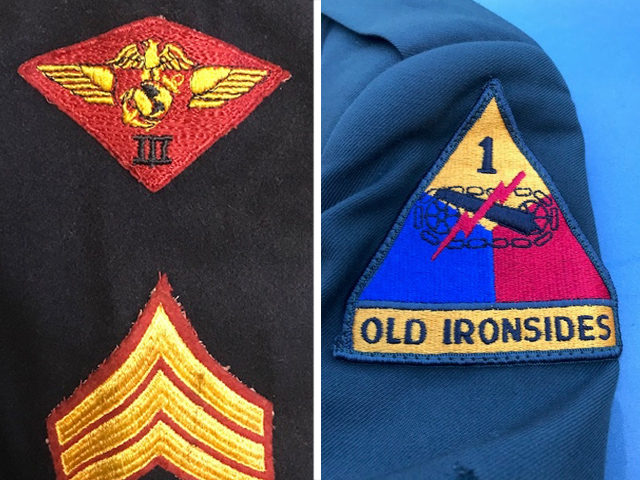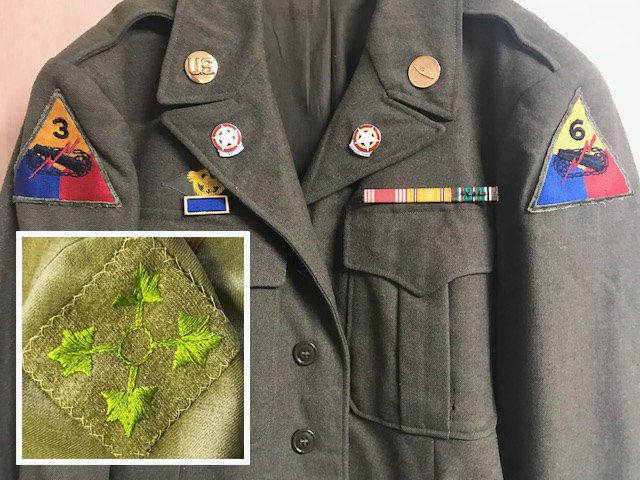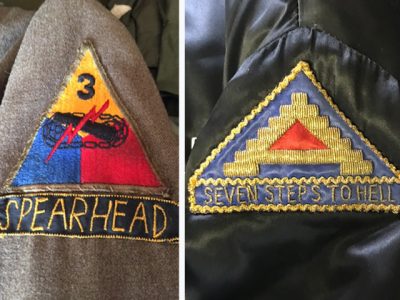The Italian American Veterans Museum and Library has one of the most extensive patch collections on display in the Chicago area. Frequently, I’m asked by visitors, “My father has this patch on his Army uniform. What does it mean?”
While other branches of the U.S. military use patches to establish esprit de corps and identify different units, ships and organizations, it is the Army that has truly incorporated them into their heraldry and as an integral part of their uniform.
The use of patches to identify units can be traced back to the Civil War, but their use didn’t become official and fully authorized until World War I. By the Second World War, the practice was firmly incorporated into the U.S. military.
Interestingly, shortly after WW II, on September 24, 1947, the Marine Corps did away with patches on their uniforms as a means of division/unit identification. This decision was made to foster the spirit that the Marines are “a unified body organized to fight as a whole, and individual shoulder patches representing one type of service did not reflect the spirit of the Corps.” The practice remains in force today, while the Army has taken the exact opposite approach.
The Army has authorized patches to identify corps, armies, divisions and even brigades, with unofficial patches being worn by smaller units, particularly those overseas and serving in combat zones. The production and use of these unauthorized patches reached their height during the Vietnam War, during which local tailors would make up patches of any design for any group for very little money. These “in country” patches are unique in their design, and since they were made in limited numbers, have become very collectable. So much so that an entire industry, principally in Asia, has grown up around reproducing these patches to meet the demand.
Army uniforms are often encountered with organization patches on the upper shoulders of both sleeves. The patch on the left sleeve indicates the organization the soldier is currently serving with, while the patch on the right sleeve indicates the organization the soldier served with in combat.
Above and below are examples of some of the patches on display at the Italian American Veterans Museum and Library. If you have a patch you wish us to identify, contact us at info@iavmuseum.org.





0 comments on “Worn with pride: A brief history of military patches”